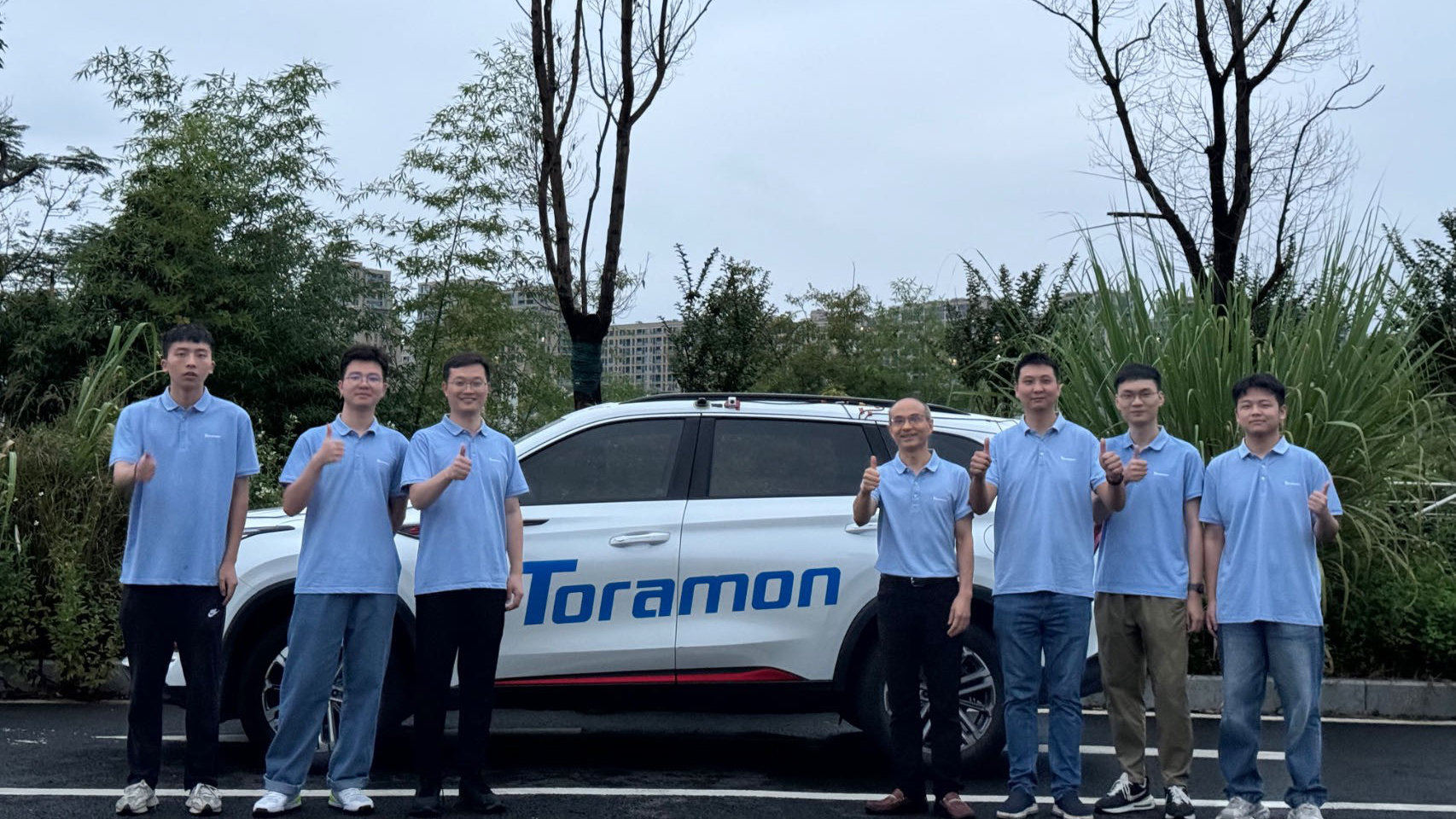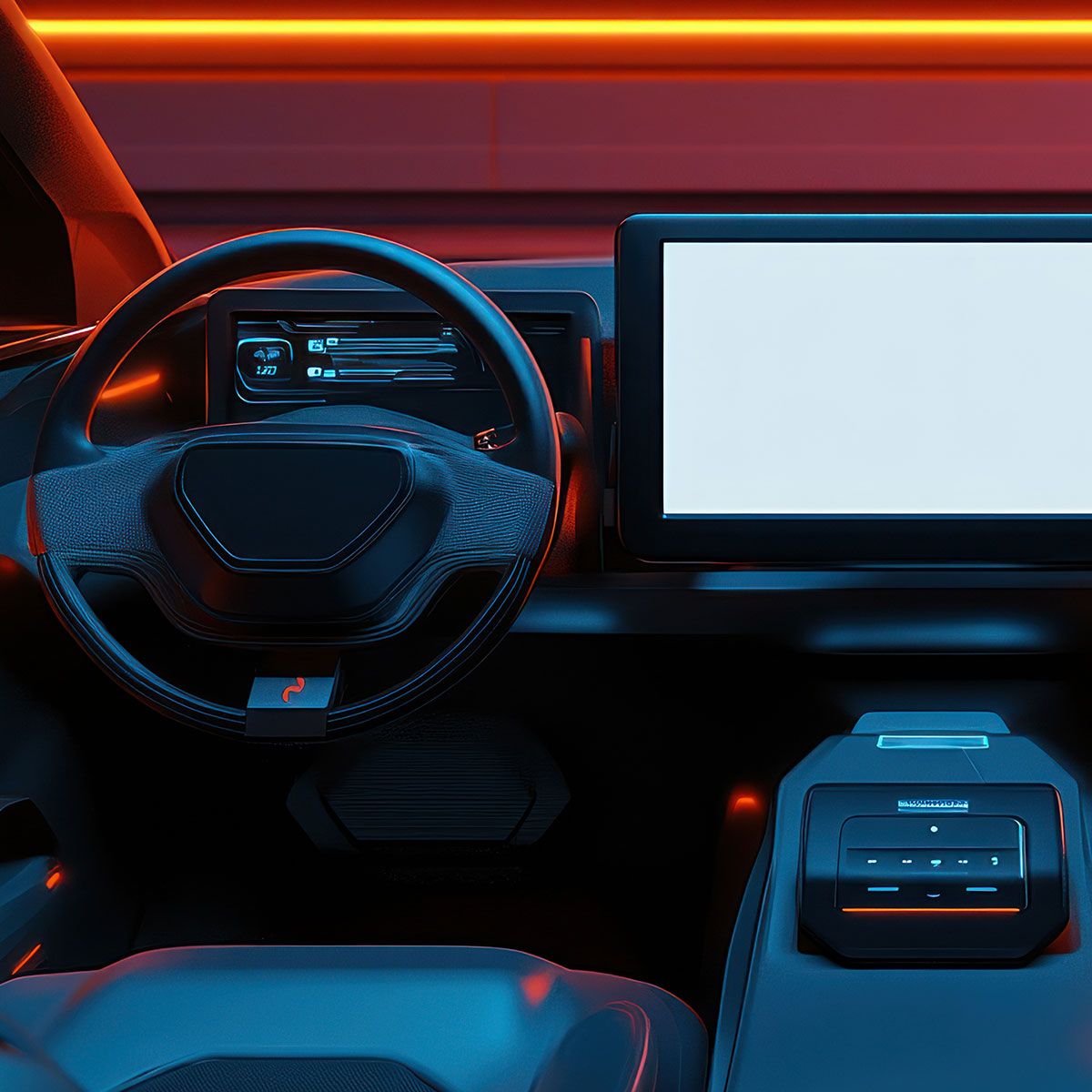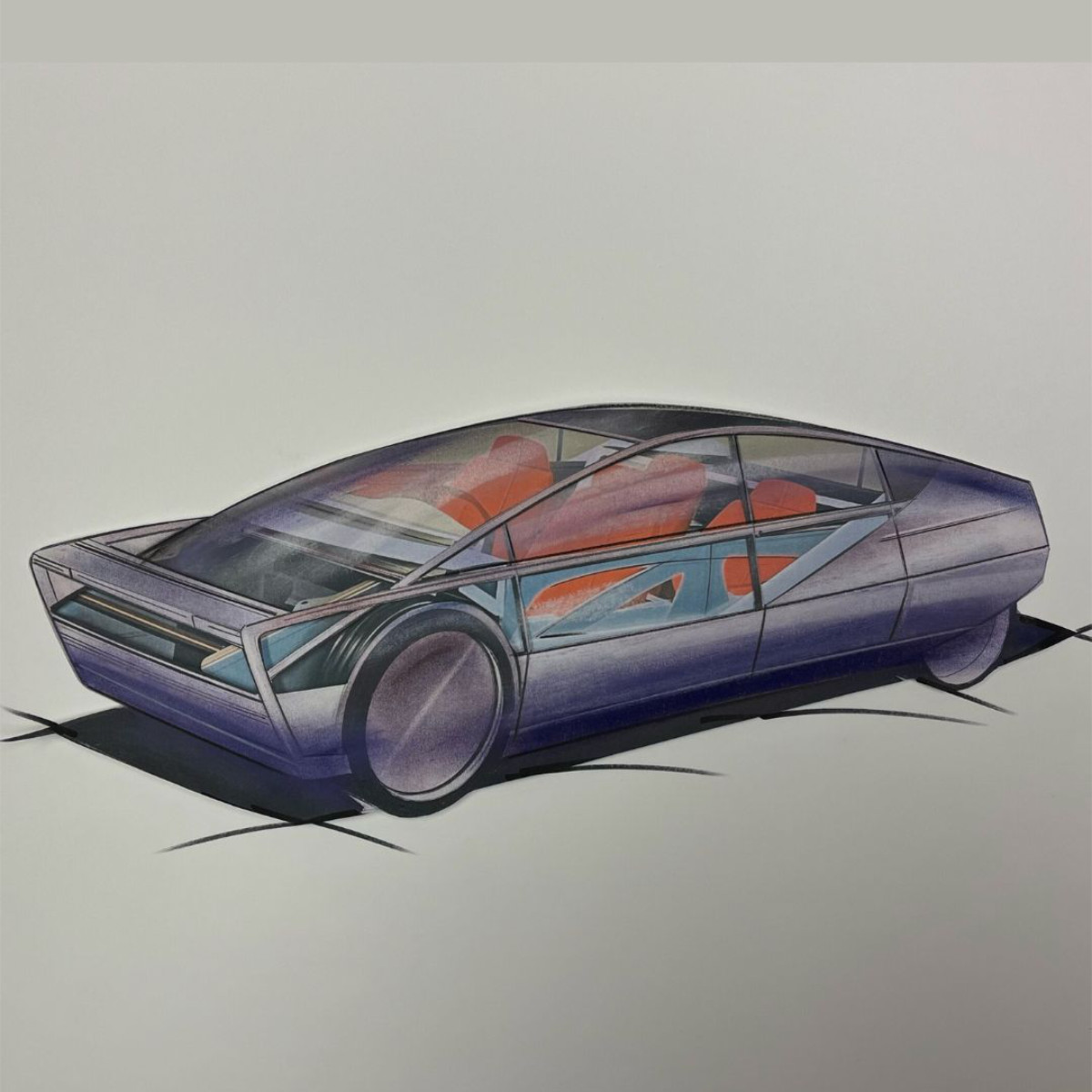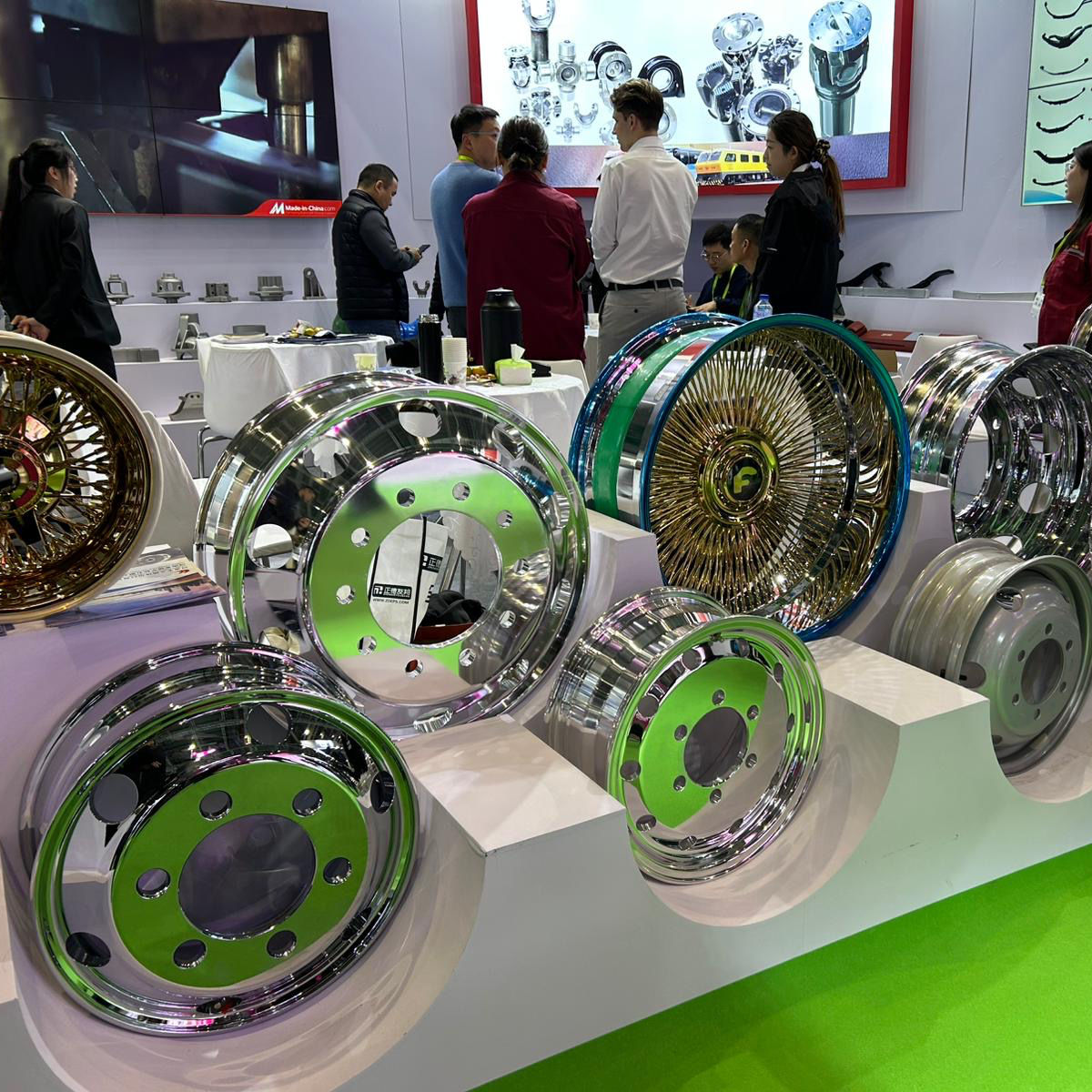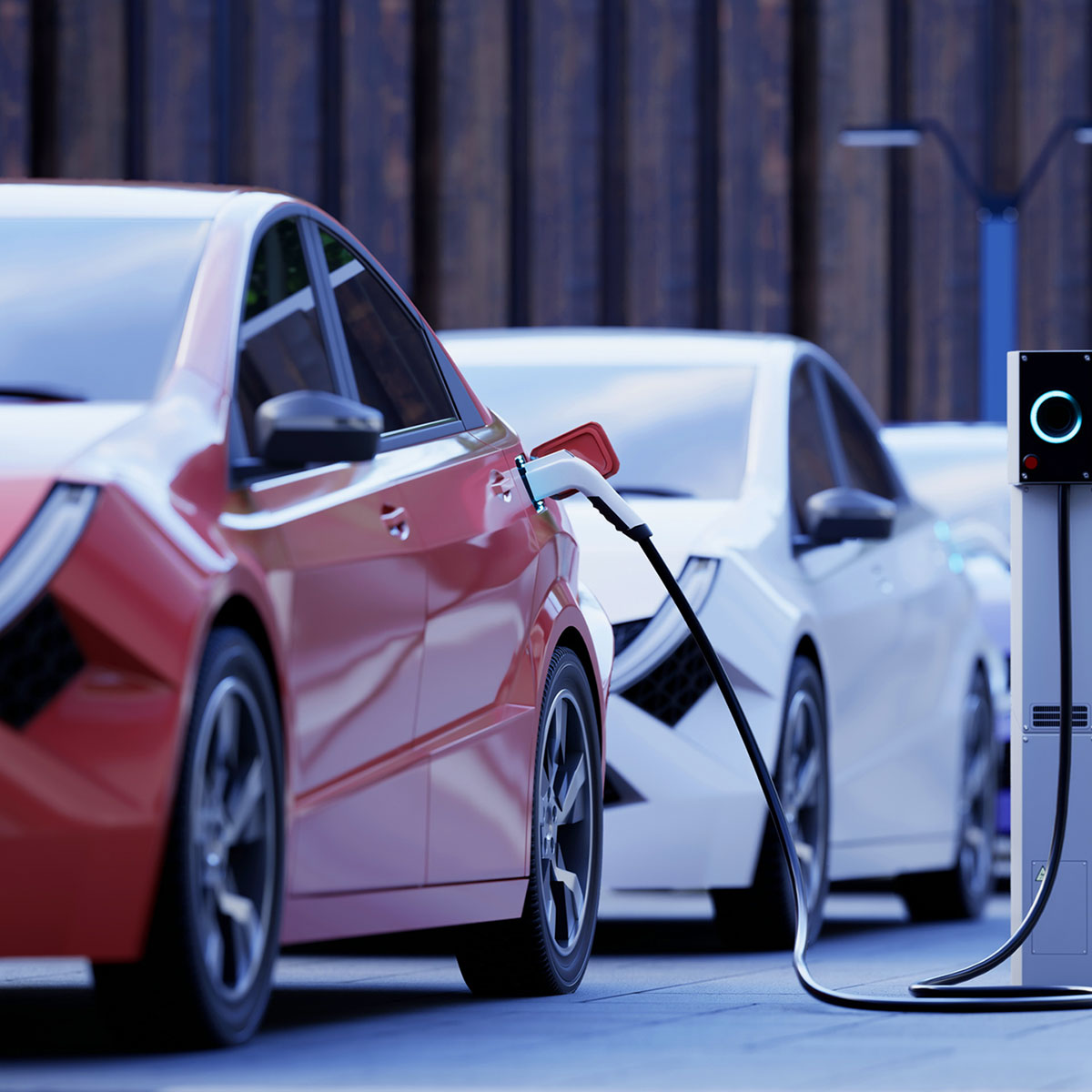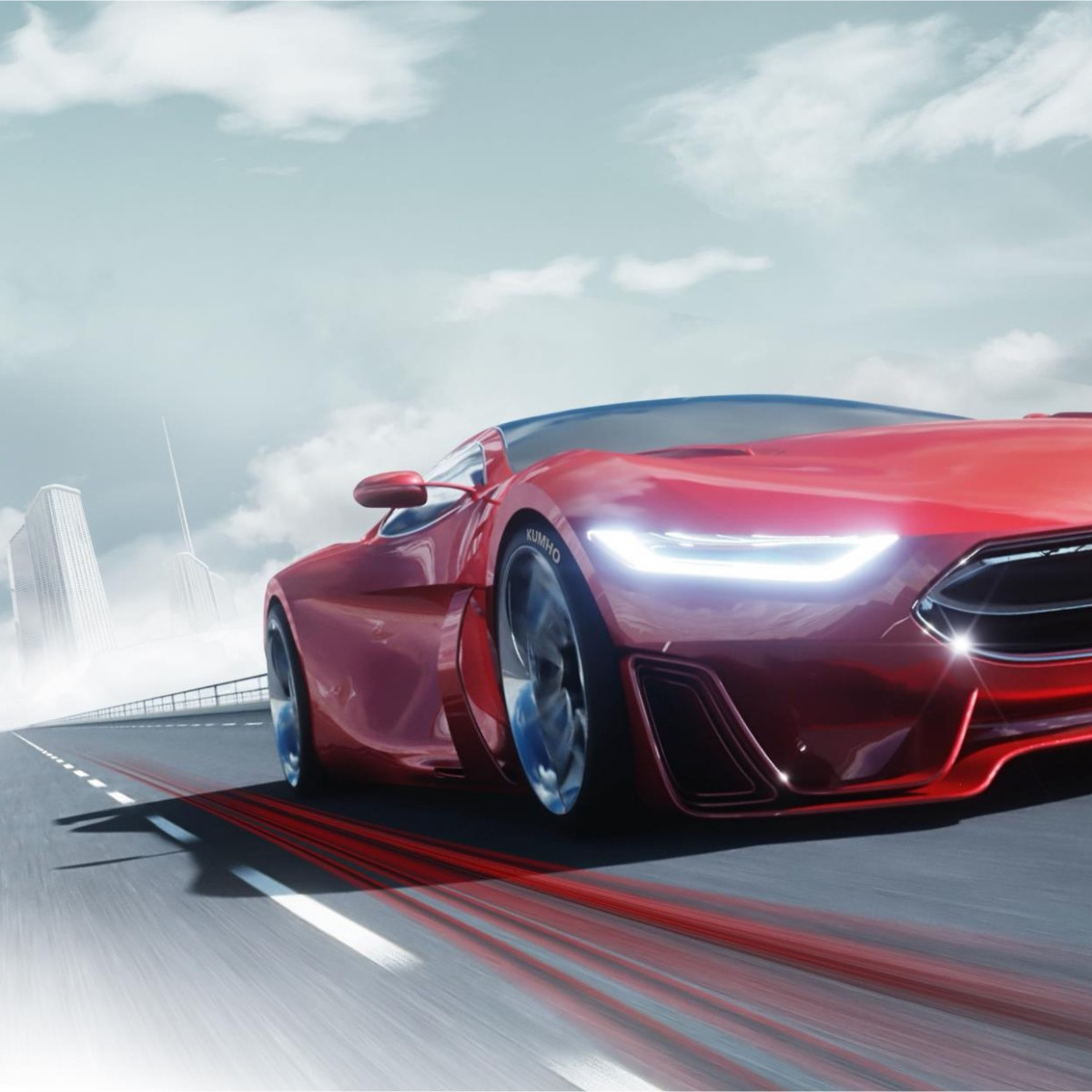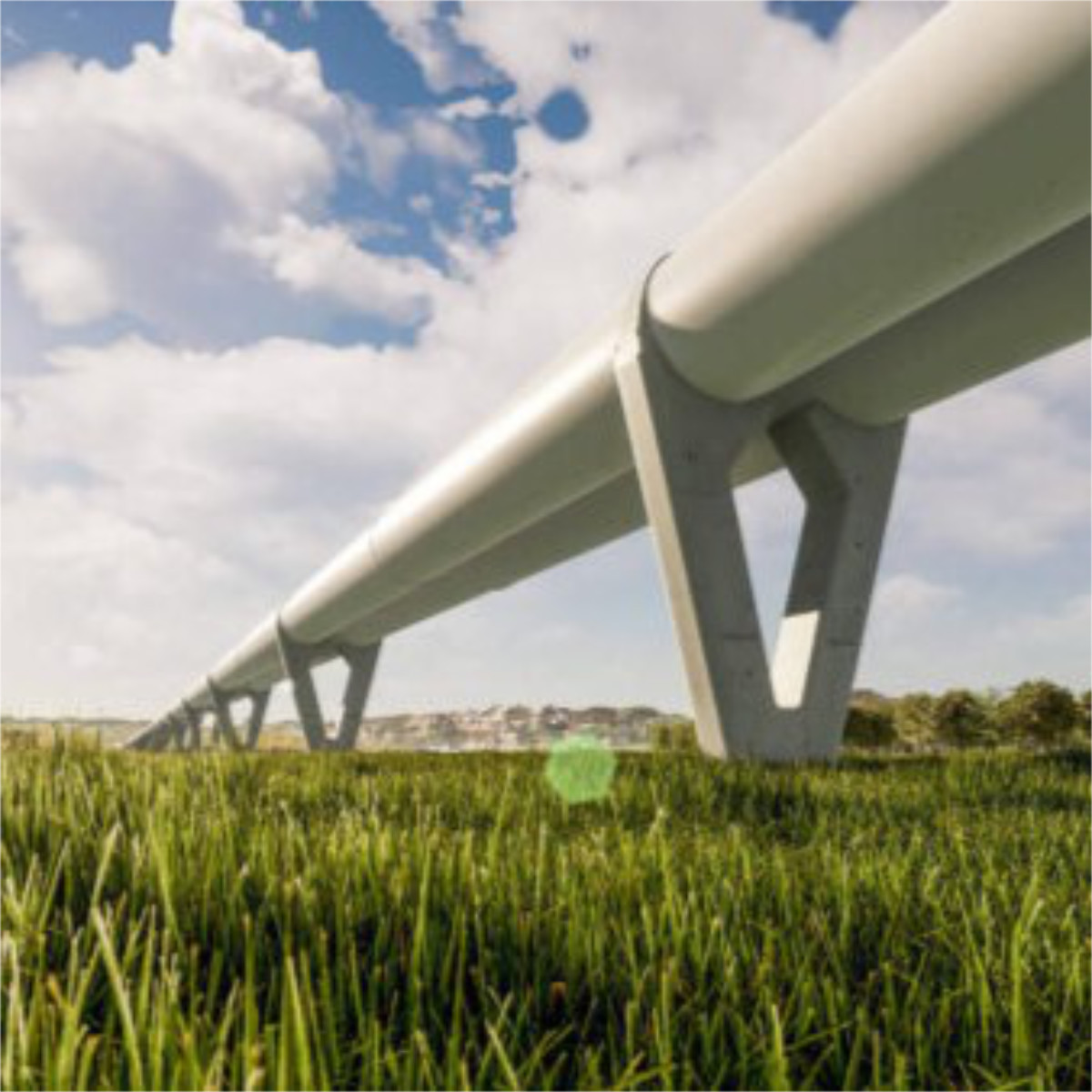Reading time: 2 minutes
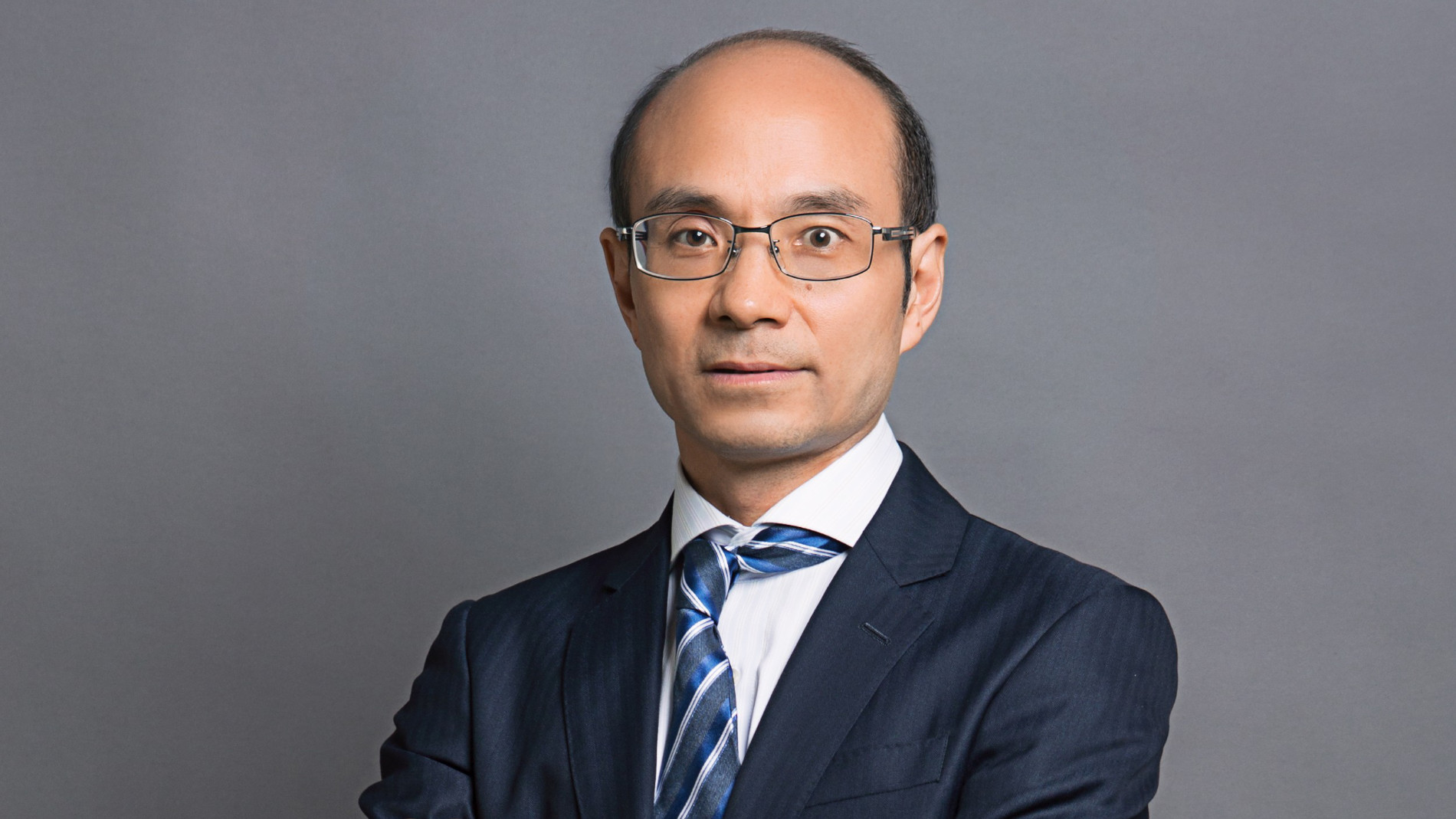
Ann-Katrin Klusak: Your company emphasizes cost-effective autonomous driving solutions — can you share how Toramon achieves this balance between innovation and affordability, especially in emerging automotive markets like Vietnam?
Yan Liu: Toramon’s innovative visual sensing technology mimics the human eye visual system, which includes two visual pathways: the “what” and “where” pathways. The “what” neural circuit provides object identification, perception of size, color etc. The “where” system gives spatial perception and motion perception, without object recognition involved. This type of perception is less explored in the mainstream autonomous driving solutions. Toramon has developed a sensing paradigm that is balanced between object recognition-driven computation and spatial motion perception-driven computation, which substantially reduces the burden of AI training and inferencing for object recognition and greatly improves spatial sensing accuracy even without object recognition. Building upon the proprietary technology, Toramon is able to achieve the same level of autonomous driving with much smaller computation power, and achieves higher levels of autonomous driving with the same computation power as mainstream systems.
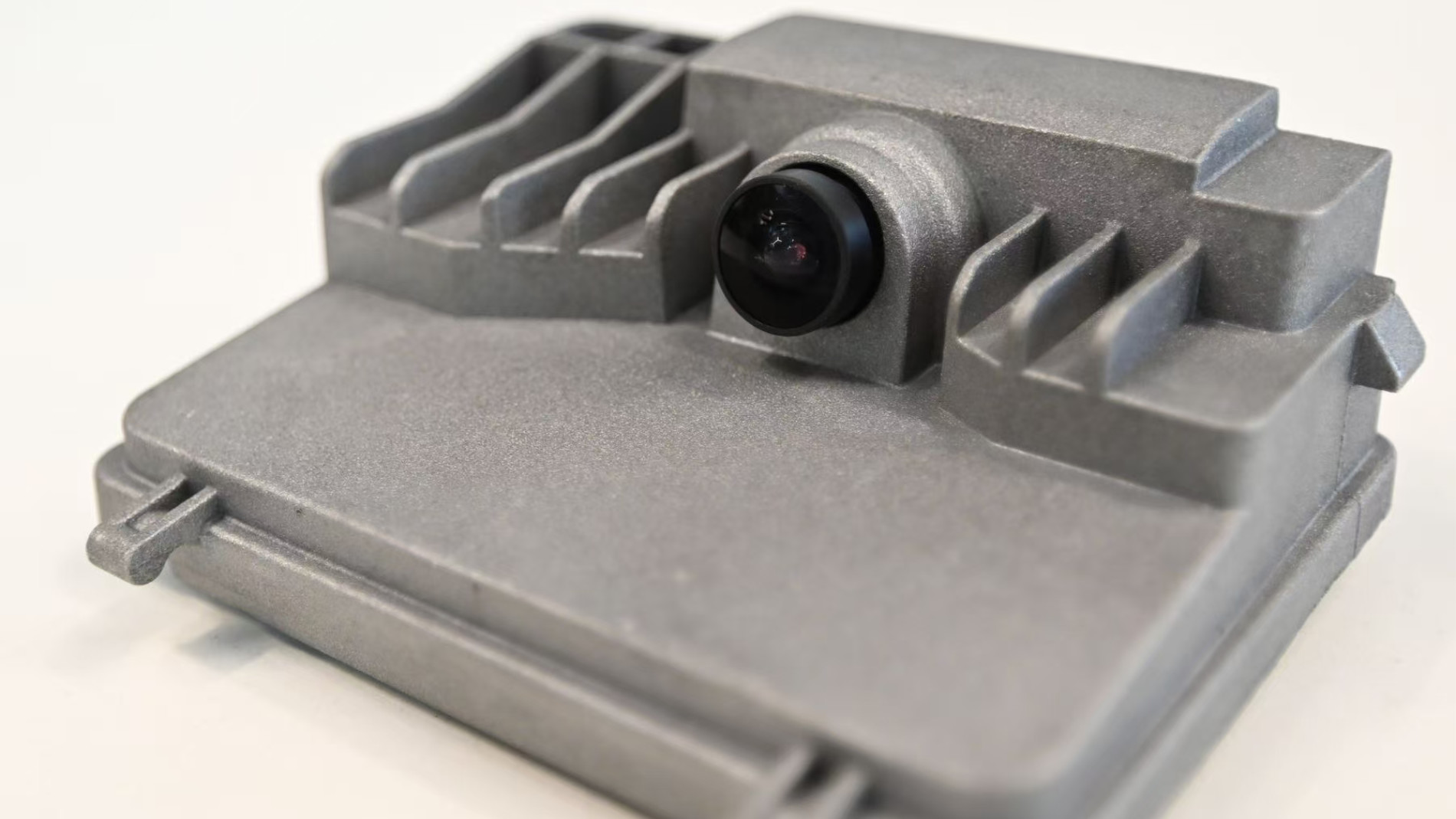
For instance, Toramon’s 1V system is able to support AEB, ACC, LKA, FCW, PCW, LDW, DVR, and over-height warning using a single camera and a 2-TOPS chip, making it a cost-effective solution for affordable commercial vehicles and passenger cars, which are a strong need in emerging markets. Also, Toramon’s high power vision system is able to sense a much wider range of obstacles including road debris and dropped load. Toramon’s highly tailorable solutions can meet a wide range of needs from affordable to high end vehicles.
Ann-Katrin Klusak: As autonomous technologies rapidly evolve, how does Toramon address challenges such as regulatory differences, infrastructure limitations, and public acceptance across the regions you operate in?
Yan Liu: From the very beginning. Toramon has aimed to break down the autonomous driving problem into the most fundamental pieces and tries to solve them using innovative thinking. Following this principle, Toramon has developed universal technologies that can support different levels of intelligent vehicle needs without piling up sensors such as LIDAR or relying on sophisticated infrastructure such as high-definition maps. Through algorithm configuration, Toramon’s solution can adapt a variety of types of vehicles for different crash testing standards including China’s CNCAP and Euro NCAP. It is the system’s simplicity that gives rise to its great adaptability to different needs.
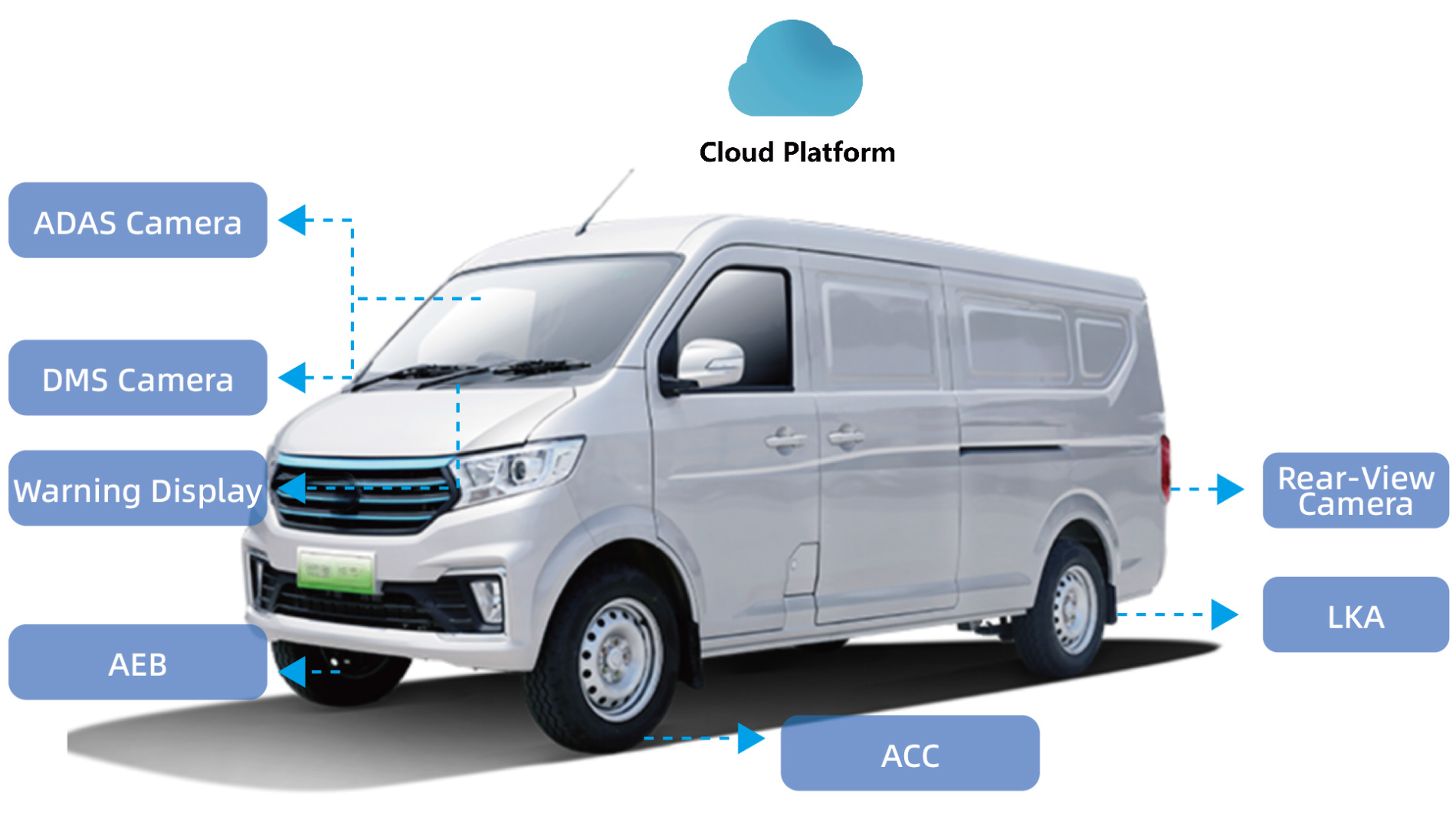
Ann-Katrin-Klusak: How is Toramon working as OEMs, Tier 1 suppliers, and aftermarket players integrate your autonomous solutions into existing vehicle ecosystems — and what kind of partnerships are you looking for moving forward?
Yan Liu: With strong full-stack R&D capacity of software and hardware, Toramon is a Tier 1 supplier for multiple passenger car and commercial vehicle manufactures in China, providing cost effective AEB, ADAS, and fleet management solutions. Toramon is also actively working with aftermarket players to retrofit existing commercial vehicles and upgrade the safety of logistic systems by adding AEB, L1 ADAS, and fleet management features. In our multi-tier cooperation ecosystem, we also serve as OEMs to support service providers, provide IP licensing to embodied AI machines, including robotics and drones.
